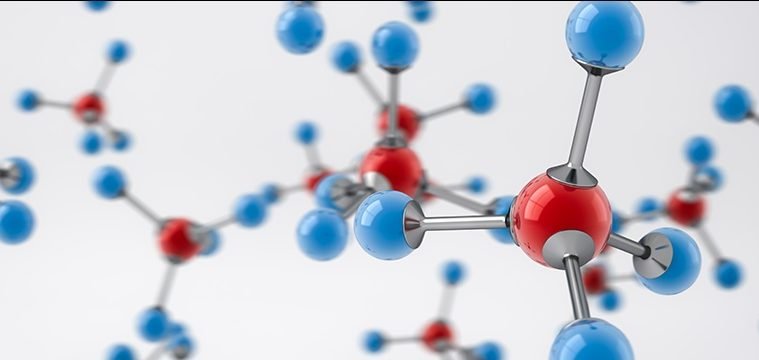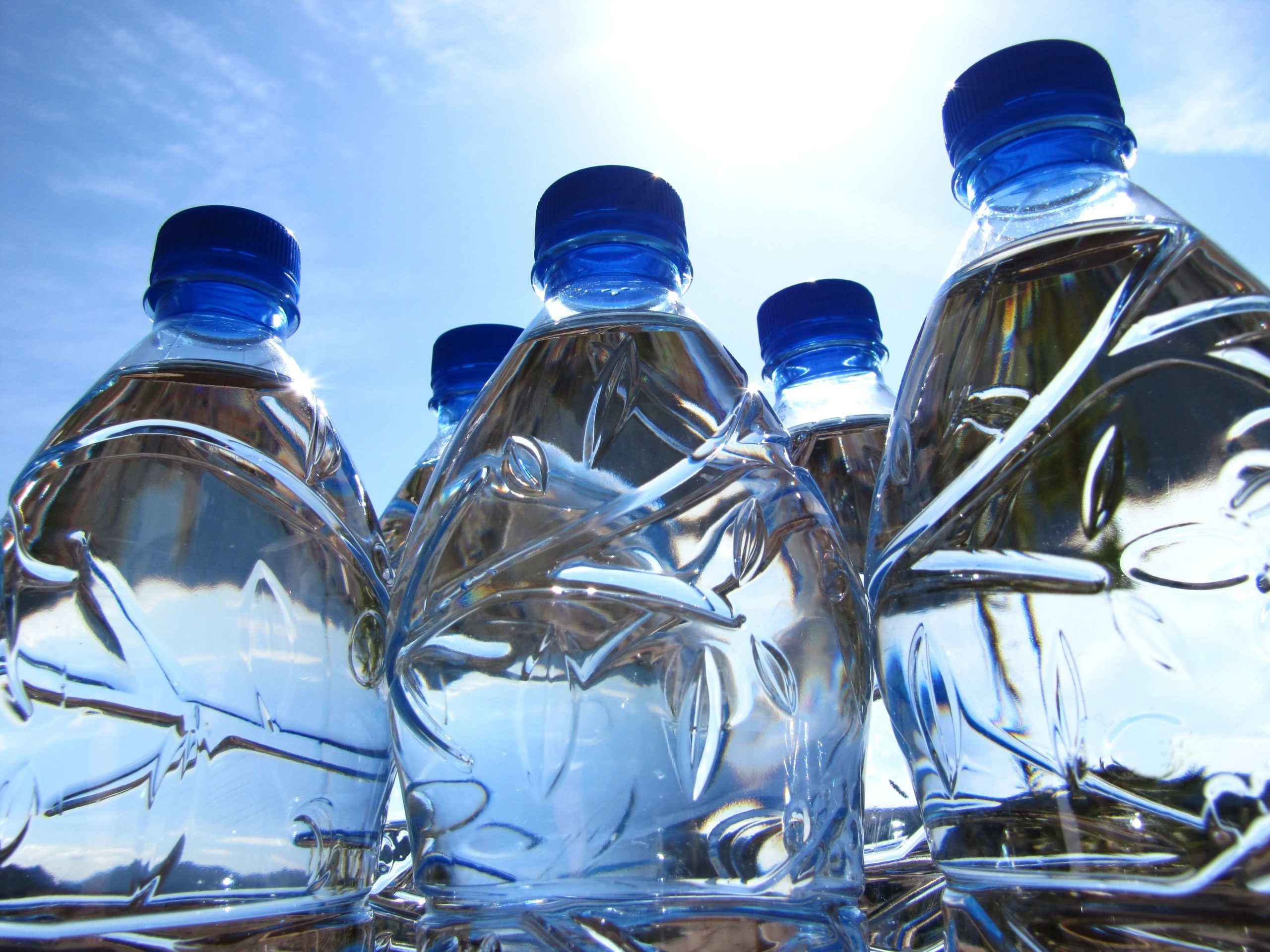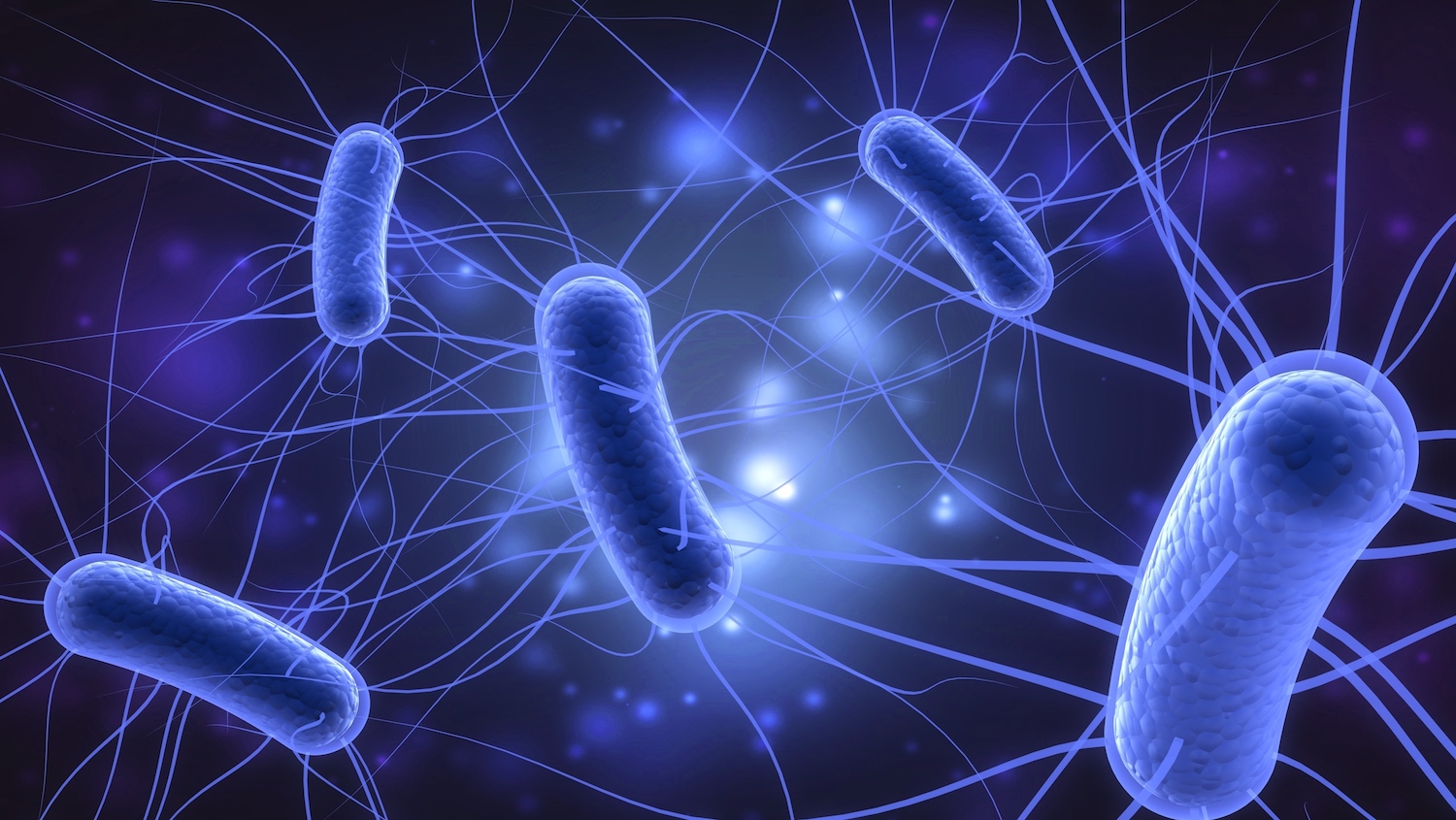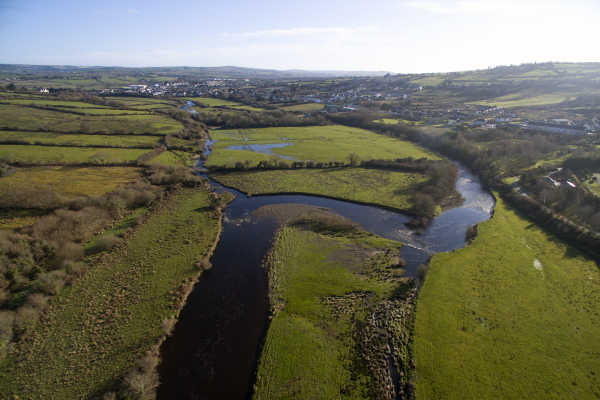
THM Contamination
- 1.Harvard University, Reasons To Avoid Bottled Water.
- 2.E.coli concerns
- 3.Abbeyfeale Water Supply
- 4.THM Contamination
- 5.Lead in Water
- 6.Melting glaciers
- 7.Septic Tank Inspections
- 8.Water Investment
Latest from todays Irish Examiner
Drinking water for more than 400,000 people is contaminated with chemicals linked to cancer, but Irish Water has refused to directly inform those affected.
The excess of the chemicals, known as trihalomethanes (THMs), has been present in many public water supplies for years, and is caused by chlorine, added to purify water, mixing with organic matter such as leaves, timber, and peat.
Long-term exposure to THMs include an increased risk of certain cancers, such as bladder and colon; reproductive problems such as miscarriages, birth defects, and low birth rates; and damage to the heart, lungs, liver, kidney, and central nervous system.
The effects are not just from drinking contaminated water; THMs can be absorbed from steam in the air and through the skin from showering and washing.
Most local authorities had committed to deadlines to get rid of THMs, or reduce them to what the World Health Organization and EU guidelines considers to be safe levels, but very few have done so.
Following complaints from Friends of the Irish Environment, the European Commission had long discussions with the Irish authorities and, in December 2015, agreed a timescale to clean up the 79 water supply zones still affected by THMs.
The action plan, with a final deadline of 2021, includes upgrading some treatment plants and shutting down others, and increasing monitoring and analyses of water.
The affected water sources are in various parts of the country, with several in Kerry and Cork, Kilkenny City, Waterford, Wicklow, Meath, Mayo, Roscommon, Donegal, and Galway.
Irish Water said it reports all cases of where safe THM levels are exceeded, pass on the information to the HSE, and request its advice in relation to protecting public health.
It is upgrading its chlorine dosing systems for all 856 water treatment plants in the country, and aims to reduce the amount of organic matter.
Because chlorinated water that is standing for six to eight hours begins to develop THMs and most Irish schemes hold water for two to five days, Irish Water says it plans to conduct a regular flushing of reservoirs and pipelines.
A joint paper from the Environmental Protection Agency and the HSA submitted to the European Commission said they accepted that international research shows “that there may be associations with human cancer”, it said there was no immediate risk from the excess of THMs that merited informing consumers.
Irish Water has ruled out directly informing consumers.
Instead, it says it is planning a national awareness campaign to include what it is doing to improve the water quality, and says that people can check for themselves by locating a PDF on the Environmental Protection Agency’s website.
The commission has asked for an update in March.
Tony Lowes of Friends of the Irish Environment said: “We are bewildered by the fact that customers are not being directly informed on their bills that the water they were paying for exceeded the recommended safe levels for any toxic chemicals. Customers cannot possibly be expected to find their way through two websites to find out if their water contains trihalomethanes.”
THMs can be removed using filters.




